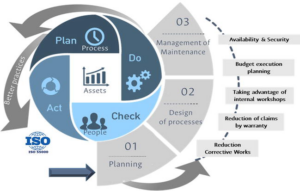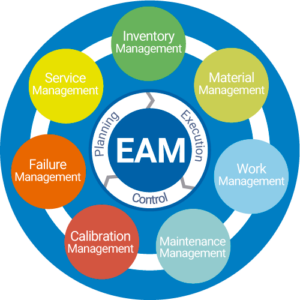Introduction
Tax planning is a vital aspect of financial management for businesses, and the Employee Retention Credit (ERC) has emerged as a valuable tool in navigating the complexities of tax liabilities, especially during times of economic uncertainty. In particular, understanding how to effectively utilize the non-refundable portion of the ERC can significantly impact a company’s tax strategy. This guide aims to provide essential insights into incorporating the non-refundable ERC into tax planning efforts, empowering businesses to maximize their tax savings and enhance overall financial resilience.
Understanding the Employee Retention Credit
The Employee Retention Credit was introduced by the U.S. government as part of the Coronavirus Aid, Relief, and Economic Security (CARES) Act to provide financial relief to businesses affected by the COVID-19 pandemic. The credit is designed to encourage employers to retain employees by providing a refundable tax credit against certain employment taxes. The ERC is available to businesses that experienced a significant decline in gross receipts or were subject to government-mandated closures or restrictions.
Differentiating Between Refundable and Non-Refundable Portions
It’s crucial to understand the distinction between the refundable and non-refundable portions of the Employee Retention Credit. While the refundable portion allows businesses to receive a direct refund for any excess credit amount beyond their payroll tax liabilities, the non-refundable portion can only be used to offset tax liabilities, meaning it cannot be refunded if it exceeds tax owed. Despite this limitation, the non-refundable portion still presents valuable opportunities for tax planning and optimization.
Incorporating the Non-Refundable ERC into Tax Planning
To effectively incorporate the non-refundable ERC into tax planning strategies, businesses should consider several key factors:
-
Assessing Eligibility Criteria: Businesses must first determine their eligibility for the ERC, including meeting specific criteria related to gross receipts decline or government-mandated closures. Conducting a thorough assessment of eligibility is essential to ensure compliance with ERC requirements.
-
Calculating the Credit Amount: Once eligibility is established, businesses should calculate the amount of the ERC they are eligible to claim. The credit amount is based on qualified wages paid to employees during the eligible period, subject to certain limitations and maximums.
-
Offsetting Tax Liabilities: The primary function of the non-refundable ERC is to offset tax liabilities, including federal income tax, Social Security tax, and Medicare tax. By strategically applying the non-refundable portion of the ERC to reduce tax liabilities, businesses can lower their overall tax burden and improve cash flow.
-
Maximizing Tax Savings: Businesses should explore opportunities to maximize tax savings by optimizing the use of the non-refundable ERC. This may involve coordinating the timing of wage payments and tax filings to align with the most advantageous tax planning strategies.
-
Documenting Compliance: Proper documentation is essential to substantiate ERC claims and ensure compliance with IRS regulations. Businesses should maintain accurate records of qualified wages, eligibility criteria, and any other relevant documentation to support their ERC claims in the event of an IRS audit.
Strategic Considerations for Non-Refundable ERC Utilization
Incorporating the non-refundable portion of the ERC into tax planning requires careful consideration of various strategic factors:
-
Long-Term Tax Planning: Businesses should assess the long-term implications of utilizing the non-refundable ERC and consider how it aligns with their overall tax planning objectives. Strategic planning can help businesses optimize tax savings while maintaining financial sustainability Non refundable portion of employee retention credit.
-
.
-
Cash Flow Management: Effective cash flow management is essential for businesses, especially during periods of economic uncertainty. By leveraging the non-refundable ERC to reduce tax liabilities, businesses can improve cash flow and enhance financial flexibility.
-
Risk Management: Businesses should evaluate the risks associated with claiming the non-refundable ERC and ensure compliance with IRS regulations to mitigate potential audit risks. Implementing robust internal controls and documentation procedures can help mitigate compliance risks.
-
Consulting Tax Professionals: Given the complexity of tax laws and regulations surrounding the ERC, businesses are advised to consult with qualified tax professionals to navigate the intricacies of tax planning and optimization. Tax professionals can provide valuable insights and guidance tailored to the specific needs and circumstances of each business.
Conclusion
Incorporating the non-refundable portion of the Employee Retention Credit into tax planning efforts can yield significant benefits for businesses, including lower tax liabilities and improved cash flow. By understanding the eligibility criteria, calculating the credit amount, and strategically utilizing the non-refundable ERC to offset tax liabilities, businesses can optimize their tax planning strategies and enhance overall financial resilience. With careful planning, strategic considerations, and expert guidance, businesses can effectively leverage the non-refundable ERC to navigate the complexities of tax compliance and maximize tax savings.







